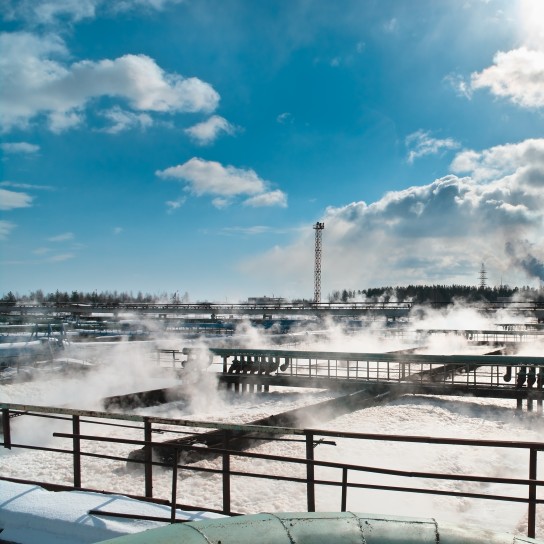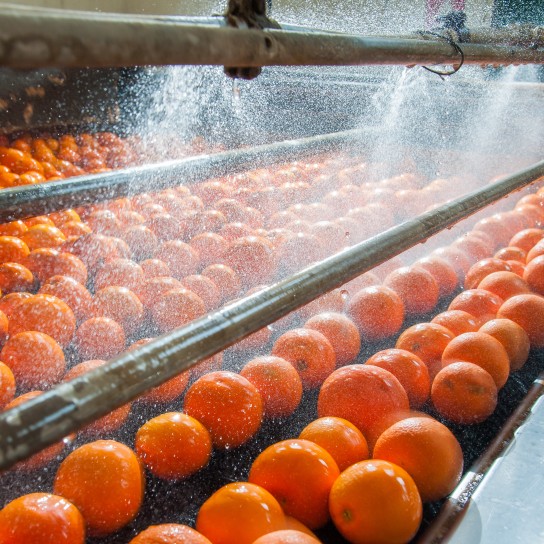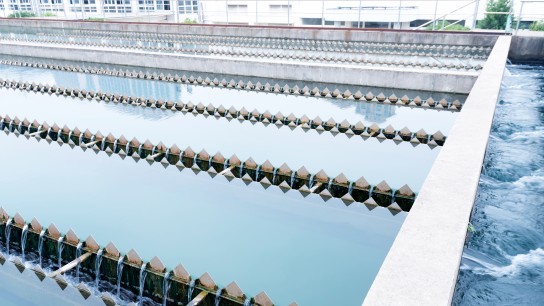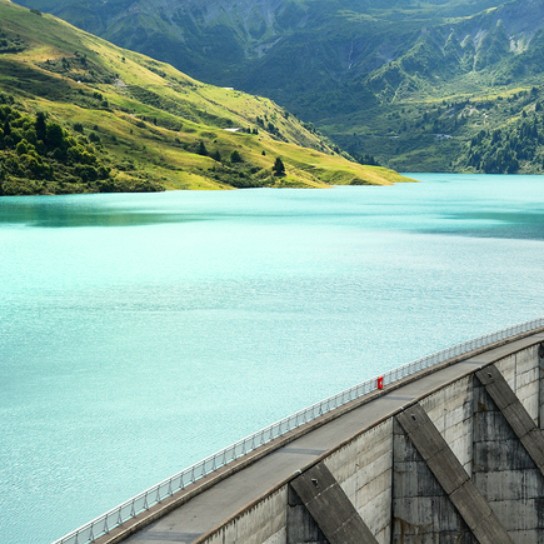Water reclamation applications
Reclaiming wastewater for non-potable reuse is an effective and widely accepted way to recycle water. As demands for water continue to grow, and as wastewater treatment technology continues to advance, recycling for potable reuse may become commonplace. Recycling wastewater for potable reuse requires much less energy than using desalination technology to treat saltwater.
As our society's water demands grow, recycling water will play an increasingly important role in meeting those demands. In the United States, about 7 to 8 percent of wastewater gets reused . There are dozens of ways reclaimed water can be used across several different categories, such as agriculture, industry, and urban reuse.




